We typically don’t delve into fashion here, but since it is New York Fashion Week, here is an interesting article discussing brand responsibility to people and the environment. How many of you have thought about the point of origin of your clothes, beyond the store or retailer you purchase it from? What do you think of this company’s actions on sustainability and human rights?

Sharon Edelson, NEW YORK — H&M’s ambitious agenda — which includes expanding its product offerings, creating another stand-alone brand and opening more and more stores worldwide — may seem at odds with sustainability and human rights. But not to Karl-Johan Persson, managing director of Hennes & Mauritz AB.
The Swedish retailer this year will open nearly 365 stores — almost one of every day of the year — and the size of those stores is increasing. At a time when retailers such as Wal-Mart Stores Inc. and Target Corp. are building smaller units, H&M in June unveiled a 57,000-square-foot flagship on Fifth Avenue and 48th Street here, and a 63,000-square-foot unit will bow on West 34th Street here next year. H&M delivers dozens of new styles daily to its stores, a massive logistical effort repeated 3,388 times around the world.

Persson defends the retailer’s seemingly endless quest for growth — even as he acknowledges most consumers have enough “stuff.” In his view, H&M needs to grow because “consumption creates lots of jobs. To consume less of everything could have a negative effect on the economy. Sometimes, when we’re speaking about fast fashion, it’s connected to a negative impact on the world. The customer is getting good value for their money. It creates taxes and jobs in developed countries and creates a lot of jobs in the developing world. The one thing is the environment. The right response is to continue consuming, but to consume from companies that are responsible. Tesla is a great example. They’re cracking the code.”
Of course, Persson believes H&M is another responsible company. “On the environmental side, we want to continue to grow while respecting planetary boundaries,” he said. “We have to change how fashion is made. We have to make more with less. We have to go from a linear model to a circular model. We recycle in all stores the H&M brand and other brands. We’ve collected 8,000 tons of garments. We’re closing the loop, getting fibers or yarns back into production again. We’re investing in finding new materials and recycling Tencel. Our R&D is finding solutions for fibers that can be reused and at scale. We’re optimizing this so it can be scaled up. If we do this, we’ll have a major positive impact on the world.”
To the frequent contention that fast fashion is disposable, Persson said, “We want to make fashion affordable, so it’s not throwaway fashion. We see a trend of a lot of companies growing in the low-price area. We want to offer good design and affordable, good quality. We’re investing in improving the quality.”

Persson discussed H&M’s future in an interview following a speech he gave at the BSR 2014 Conference here.
The company’s portfolio includes H&M, COS, Monkey, Cheap Monday and & Other Stories. “We’re looking into new ideas to broaden the H&M concept portfolio,” Persson said in the interview. “It’s too early to talk about, but we’re developing another concept. It’s a new brand. We’re also broadening the H&M brand and developing new categories. We’re constantly growing at H&M, and when we find new concepts that the consumer likes — like sportswear, shoes and home — we’ll make sure we have the space in stores to showcase them.”
H&M was slow to join the e-commerce wagon, launching a transactional site 13 years after its arrival in the U.S. in August 2013. “We’re working a lot on omnichannel,” Persson said. “We’re working on scanning and buying products in store, click and collect, and returning in stores. All stores will be able to access online [e-commerce]. We see our online shop growing faster than our physical stores. We have to find ways to make the in-store experience better and more exciting. One way is customer service. It’s a work in progress.”
The retailer is looking for growth in the U.S. and China, and new markets such as Australia, India, Peru and South Africa. With global sales of $17 billion in 2013, H&M is the second-largest apparel retailer in the world after Zara parent Inditex. The global apparel market is estimated to be $1.1 trillion.
“Do [we] want to be the number-one fashion company in the world,” Persson asked, rhetorically. “When I’ve said, no, people have looked at me like I’m not telling the truth. We want to become the biggest and we could expand quicker in the race to be number one, but who knows where that will take us. If we become number one, we become number one. If it’s three or 10 or one, it will happen [organically].”
Regardless of Persson’s attitude toward growth, the retailer has been castigated for its emphasis on low prices, which naturally lead to low wages in third-world countries where it sources, especially Bangladesh and Cambodia.
“When you look at costs, H&M produces different materials but using the same suppliers as some high-end brands,” he said, arguing that the price consumers are charged for a product doesn’t necessarily impact wages.
During his speech at BSR, Persson said that H&M last year launched with experts and global trade unions a fair living wage road map. “It’s a complex issue,” he said. “It’s based on a four-way collaboration between H&M, our suppliers, the suppliers’ workers and the government [of Bangladesh].
“Higher wages will mean higher prices,” he added. “Are we prepared to pay higher prices without passing them along to the consumer? Yes. It’s already impacting margins. All the pressures are coming from analysts and investors. You have to be prepared to sacrifice short-term profits for long-term profits. There’s too much short-term thinking, especially in the fashion industry. It’s bad for the environment. There is a lot more that can be done from the standpoint of the industry. We’re not in any way alone, but there are companies that are not doing enough.”
Persson said H&M has to “buy more evenly, buy smarter and work with suppliers and the Fair Wage Network, an independent organization. Extreme poverty is falling by 90,000 people every day. We’re leading the way in countries like Bangladesh. Since 1991, the number has been halved. I was in Bangladesh a month ago to visit factories. Overtime has been reduced and wages have increased. We’re investing in training for technical skills and negotiating skills. We’re working with the government to make sure they enforce the labor laws and that salaries are revised annually.”
In its 2013 sustainability report, H&M surprised the fashion industry by listing the names of most, but not all, of its 1,700 factories. “We were a bit hesitant about releasing the list of factories where we do business due to the competition,” Persson said. “We thought we should get it out there and make the fashion industry more transparent and hopefully inspire others to do the same.” The company is now working with the Sustainable Apparel Coalition to develop consumer labeling called the Higg Index that takes into account everything from a product’s raw materials to its end-of-life solutions.
H&M is the world’s biggest buyer of 100 percent sustainable cotton, and the fiber’s share of the total H&M collection is growing and will continue to increase. “We don’t charge more for organic cotton, even though it’s costing us more,” Persson said. H&M is also developing new care labels with Gintex, called Clevercare that remind consumers of the climate impact of washing clothing, and encourages behavioral changes to reduce the environmental footprint of fashion consumption.
H&M’s goal of 100 percent sustainability by 2020 is ahead of schedule, Persson said. His commitment to sustainability and human rights, he said, comes from his grandfather, who in 1947 founded the company. “My grandfather often spoke of the importance of long-term thinking,” he said, “that a business must have wider responsibilities than just building profits.”
(via Mercedes-Benz Fashion Week)


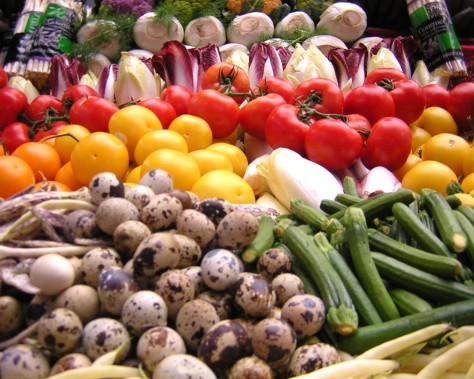

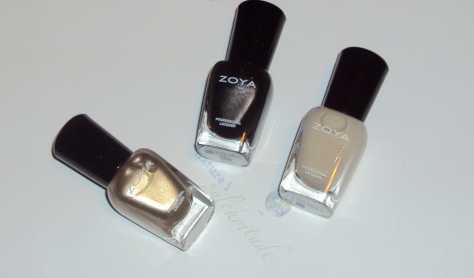
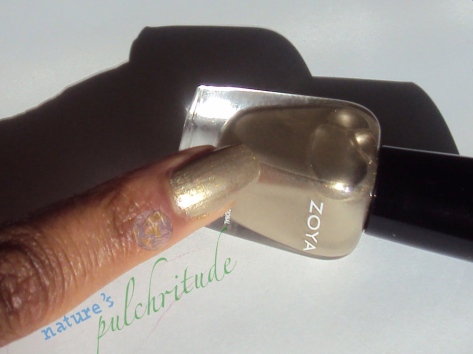
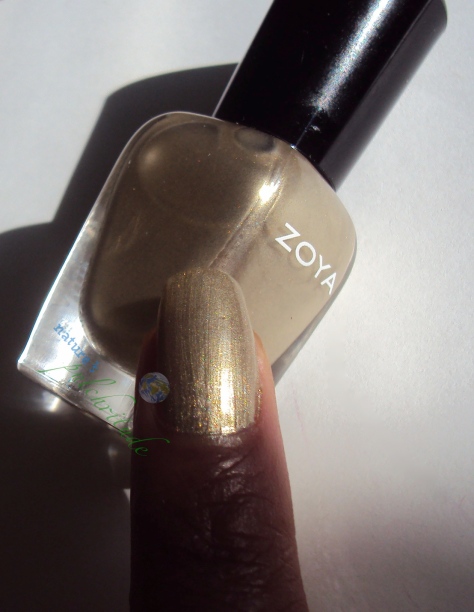
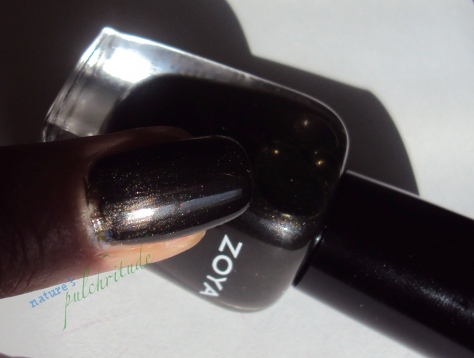
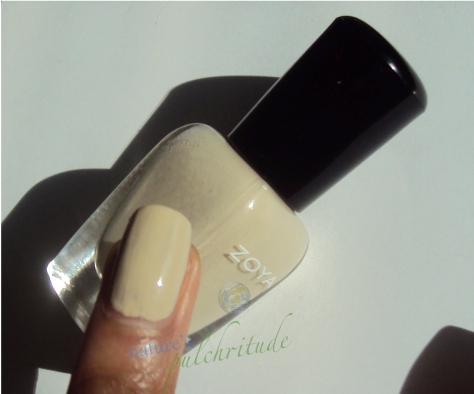
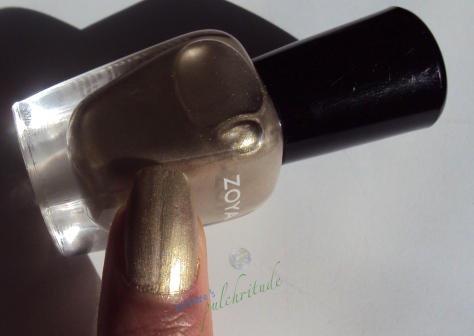
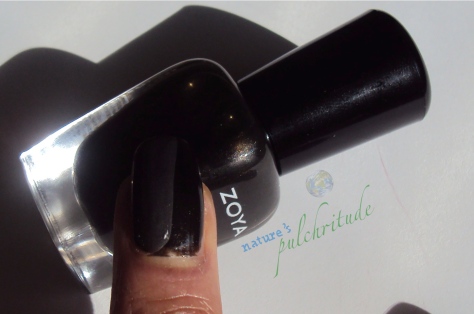
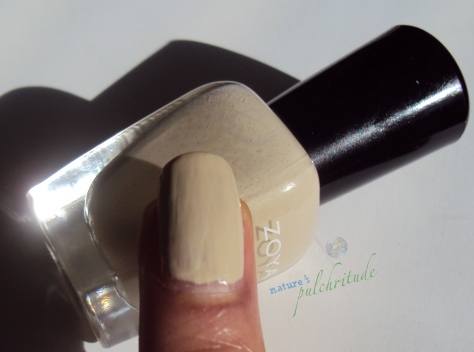








.jpg)




